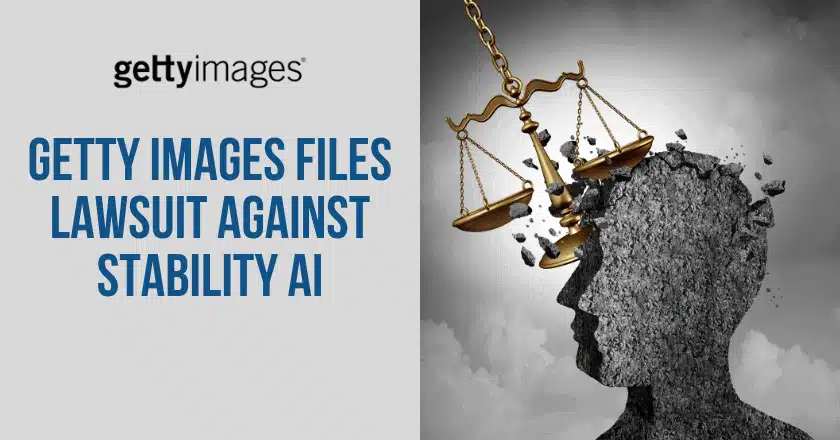Business
Photo Giant Getty Took A Leading AI Image-Maker To Court. Now It’s Also Embracing The Technology

Anyone seeking a gorgeous photograph of a desert landscape will find various options in the Getty Images stock photography collection.
But suppose you’re searching for a wide-angle image of a “hot pink plastic saguaro cactus with large, protruding arms, surrounded by sand, in a landscape at dawn.” According to Getty Images, you can now request that its AI-powered image generator create one on the spot.
The Seattle-based company employs a two-pronged strategy to address the threat and opportunity of artificial intelligence to its business. First, it filed a lawsuit against a prominent provider of AI-generated images earlier this year for what it claimed was a “stunning” violation of Getty’s image collection.
But on Monday, it joined the small but expanding market of AI image creators with a new service that enables its customers to create novel images trained on Getty’s vast library of human-made photographs.
According to Getty Images CEO Craig Peters, the distinction is that this new service is “commercially viable” for business clients and “wasn’t trained on the open internet with stolen imagery.”
He compared this to some pioneers in AI-generated imagery, such as OpenAI’s DALL-E, Midjourney, and Stability AI, the creator of Stable Diffusion.
“We have issues with those services, how they were built, what they were built upon, how they respect creator rights or not, and how they actually feed into deepfakes and other things like that,” Peters said in an interview.
Anyone seeking a gorgeous photograph of a desert landscape will find various options in the Getty Images stock photography collection.
In a lawsuit filed early this year in a Delaware federal court, Getty alleged that London-based Stability AI copied without permission more than 12 million photographs from its collection, along with captions and metadata, “as part of its efforts to build a competing business.”
Getty asserted in its lawsuit that it is entitled to damages of up to $150,000 per infringed work, which could reach $1.8 trillion. Stability seeks dismissal or transfer of the case but has not formally responded to the underlying allegations. Similar to the situation in the United Kingdom, a court conflict is still brewing.
Peters stated that the new service, dubbed Generative AI by Getty Images, resulted from a long-standing partnership with California-based tech company and chipmaker Nvidia, which predated the legal challenges against Stability AI. It is based on Edify, an AI model created by Picasso, a division of Nvidia’s generative AI division.
It promises “full indemnification for commercial use” and is intended to eliminate the intellectual property risks that have made businesses hesitant to use generative AI tools.
Getty contributors will also be compensated for having their images included in the training set, which will be incorporated into their royalty obligations so that the company is “actually sharing the revenue with them over time rather than paying a one-time fee or not paying that,” according to Peters.
Anyone seeking a gorgeous photograph of a desert landscape will find various options in the Getty Images stock photography collection.
Getty will compete with rivals such as Shutterstock, which has partnered with OpenAI’s DALL-E, and software company Adobe, which has developed its own AI image-generator Firefly, for brands seeking marketing materials and other creative imagery. It is unlikely to appeal to those seeking photojournalism or editorial content, where Getty competes with news organizations such as The Associated Press.
Peters stated that the new model cannot produce politically damaging “deepfake” images because it automatically blocks requests containing images of recognizable persons and brands. As an illustration, he entered “President Joe Biden on a surfboard” as a demonstration to an AP reporter, but the tool rejected the request.
“The positive news about this generative engine is that it cannot cause the Pentagon to be attacked. “It cannot generate the pope wearing Balenciaga,” he said, referring to a widely shared fake image of Pope Francis wearing a fashionable puffer jacket generated by artificial intelligence.
Peters added that AI-generated content will not be added to Getty Images’ content libraries, reserved for “real people in real places doing real things.”
SOURCE – (AP)